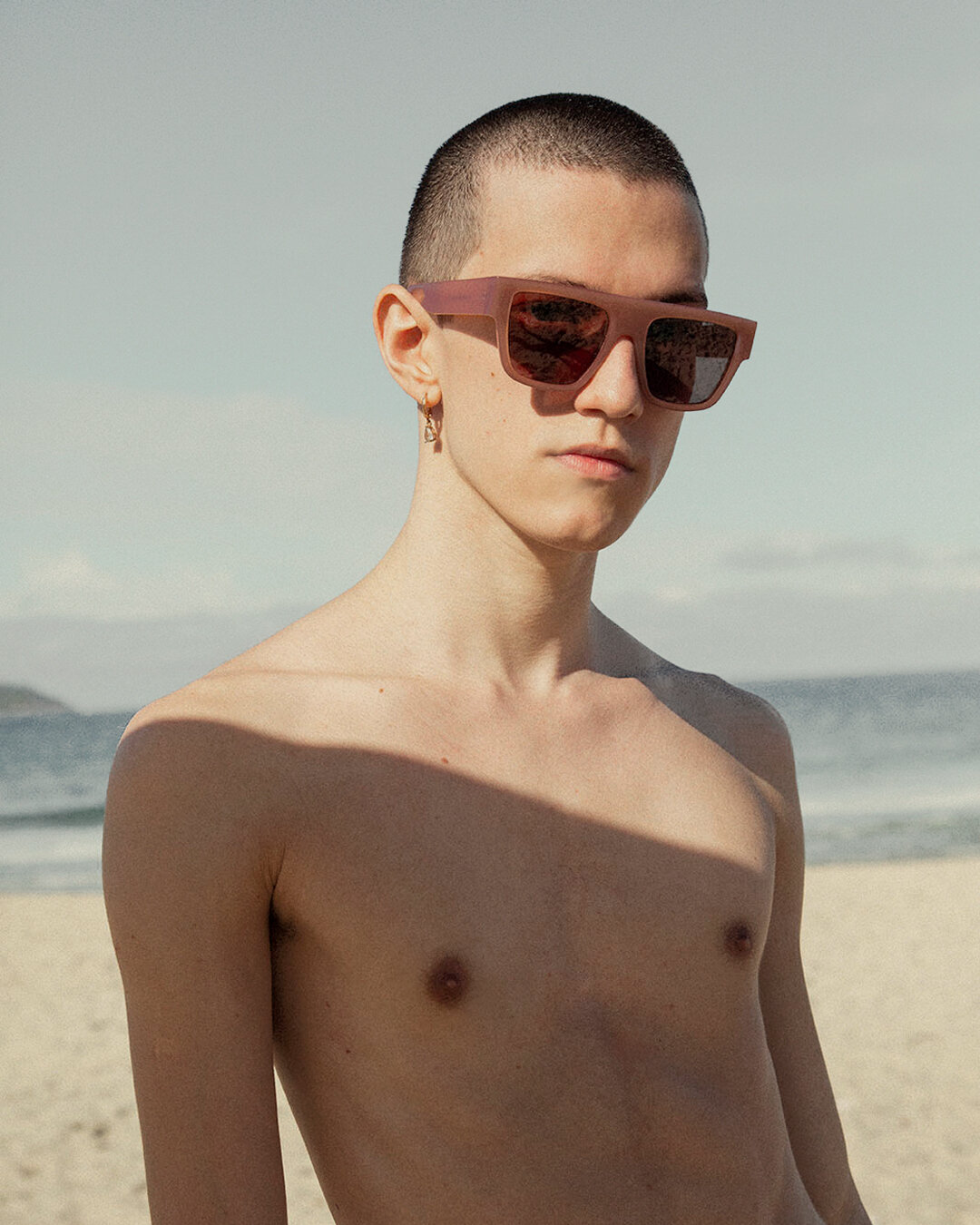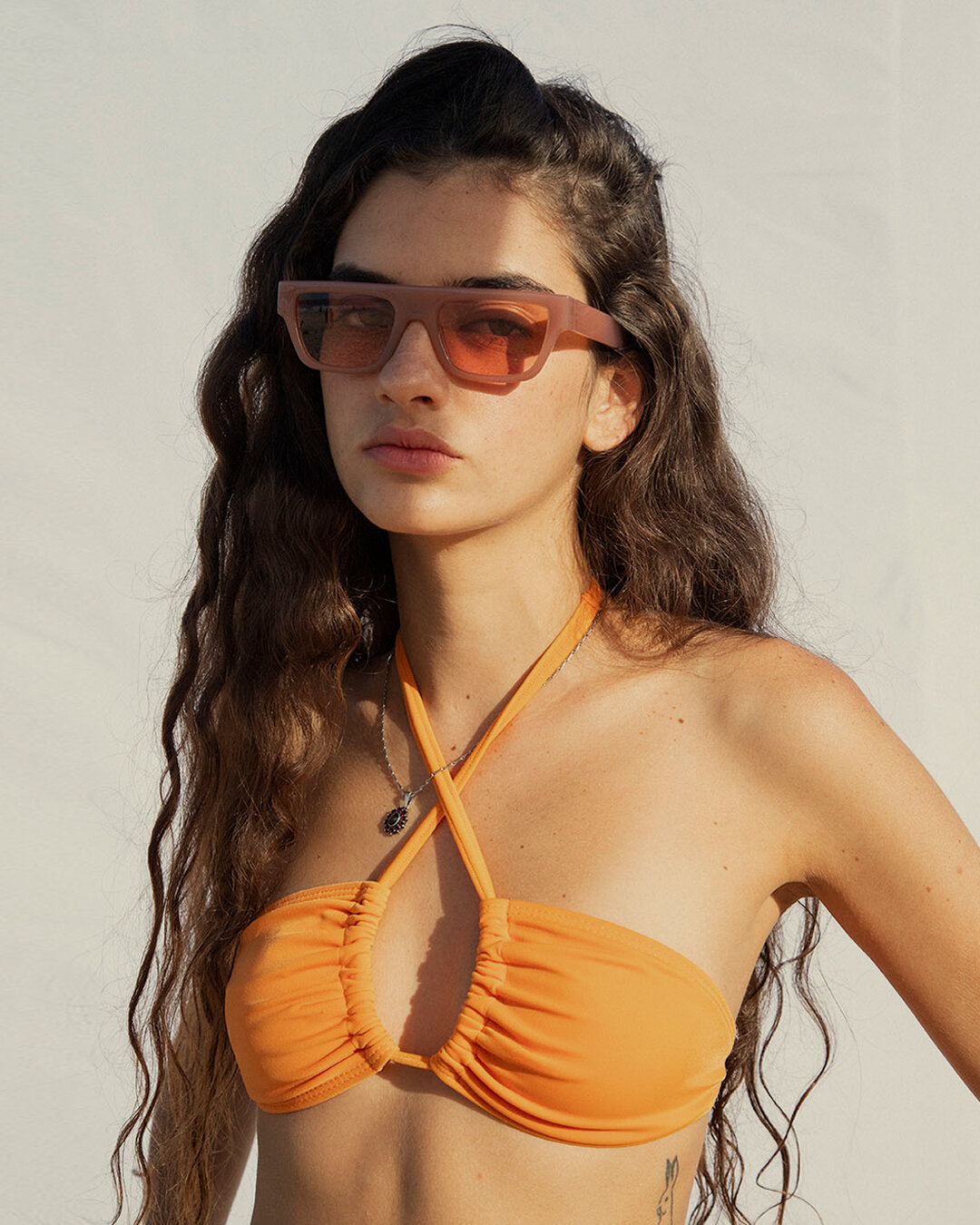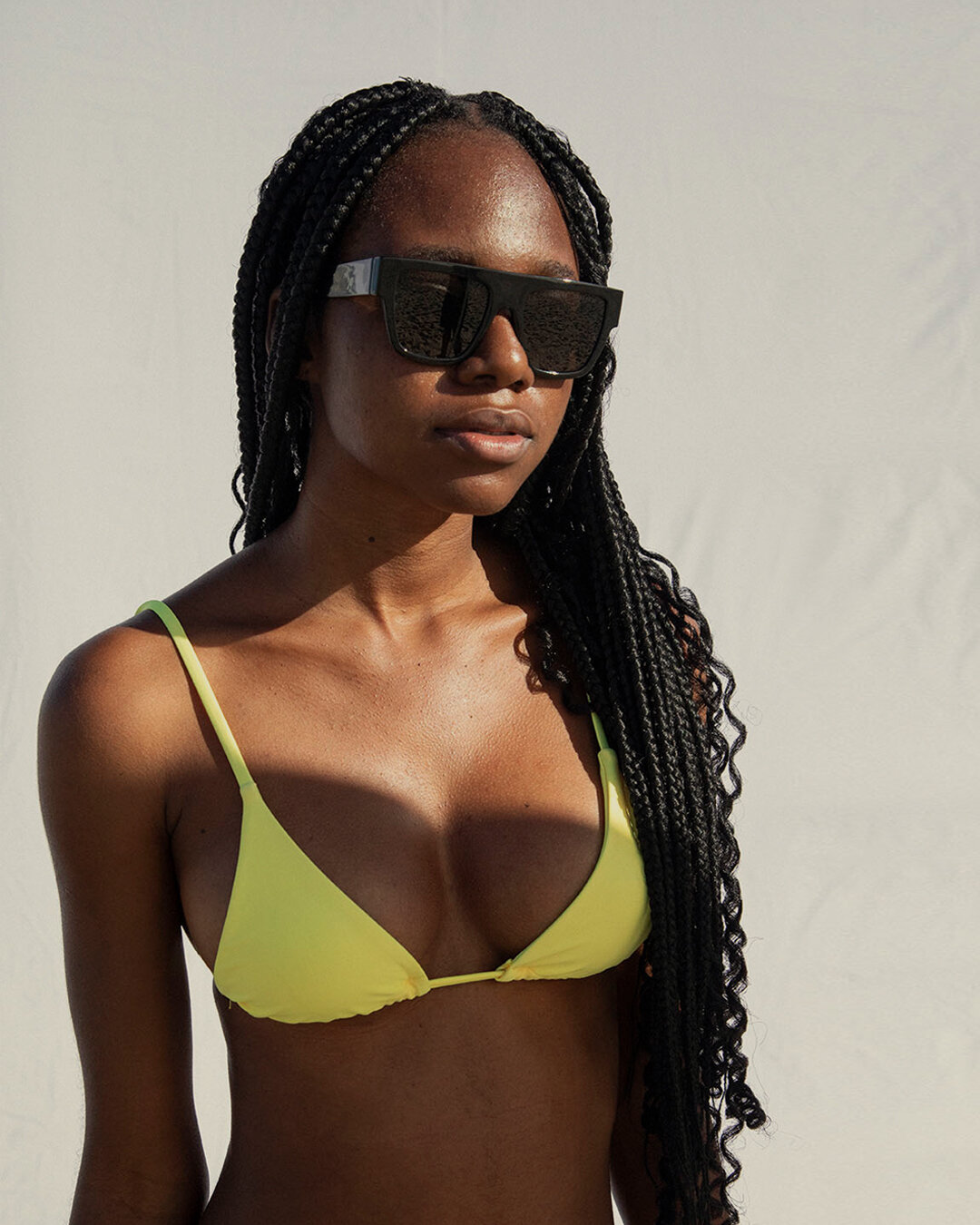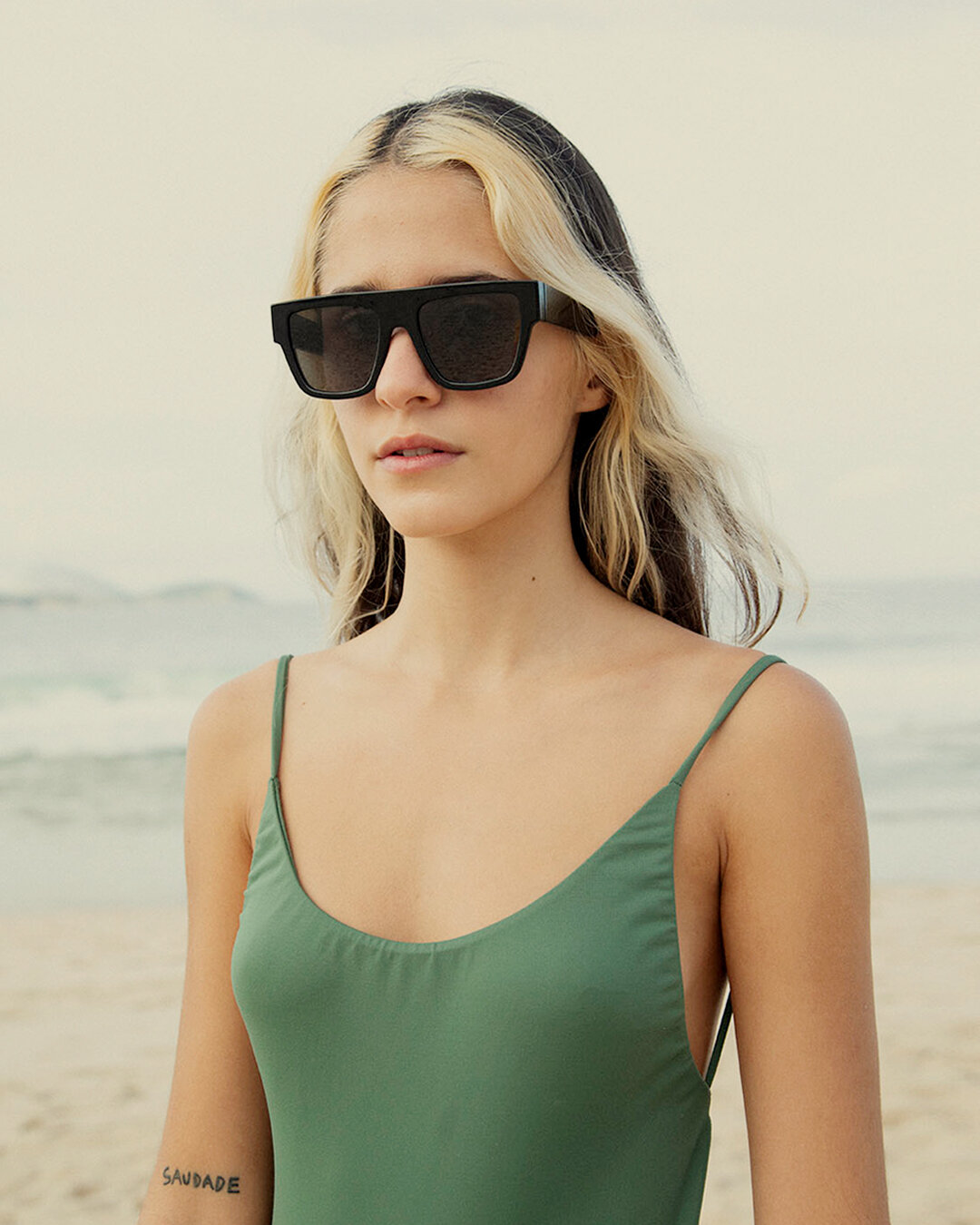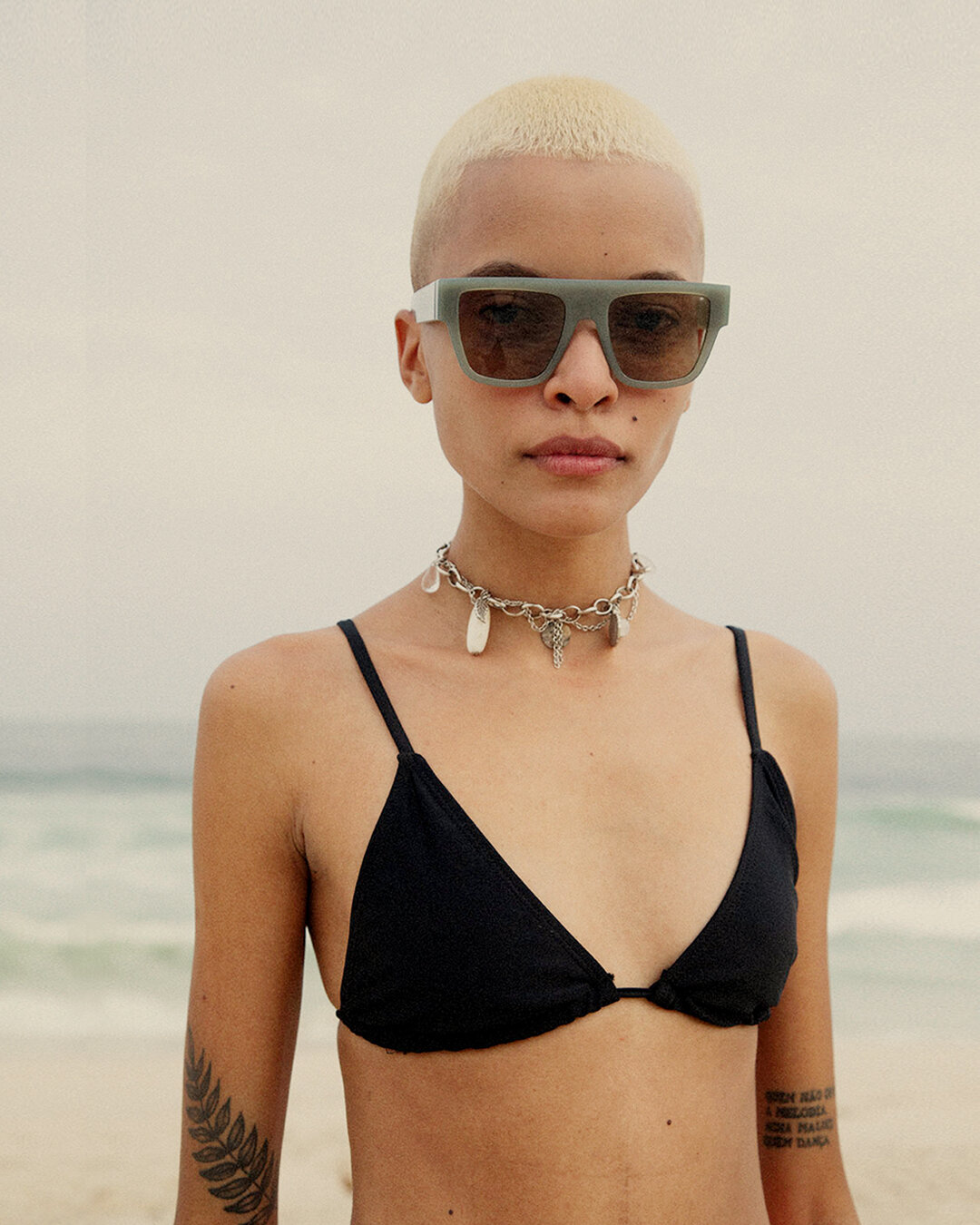Vava Ribeiro’s Ipanema Beach
“I’ve always been drawn to beach communities – I call them hydro-people,” the Rio de Janeiro-born photographer Vava Ribeiro tells Clean Waves. “Water is part of their DNA; they don’t exist if you take water out of the equation.” Yet that is exactly what Vava has done in his series of photographs of young Cariocas on Ipanema Beach, an homage to his own coming of age on the beach.
Shot along the city’s iconic waterfront, where bossa nova began, the bikini took off, and where in the 60s and 70s, hippies and intellectuals gathered around Posto 8-and-a-half fomented Brazil’s left wing – and indeed, where the image of the country in the eyes of the world began – Vava strips away all the signs that tie their subjects to their location in order to compile a more “scientific” study of youth, identity and their relationship to the oceans.
“I’ve always been drawn to beach communities – water is part of their DNA”
“The funny thing is, if you look at the work, it's super simple: it's just kids against the backdrop in Ipanema,” Vava says. “But if you know the context around where these photographs were taken – the history of Ipanema – then it becomes something else.” In a deeply unequal city, where hillside favelas loom over multi-million dollar condos on the waterfront, the beach is also a great leveler, stripping its visitors of signifiers of wealth to instead define social status by the body beautiful.
But that image we have of bronzed buns bouncing along the beach as the sun sets behind Christ the Redeemer is another cliché Vava eschews in these portraits – a spin-off of a larger visual essay taken over the last decade, extracting young beachgoers against a neutral backdrop.
“10 years might seem like a short period of time, but it’s long enough for a new generation to reveal itself,” Vava says. And with a new generation comes a new attitude: “Where once it was very binary – you’re either rich or poor, black or white, gay or straight – you go to the beach today and you might find that iconic Brazilian beauty, a Gisele, but you also find everything in-between. Kids are just so much more fluid in their identity today.”
Yet in this fluidity lies a common ground – the ocean. United in their love for the water, it is where they find peace, joy, solace and the sublime. Vitoria, a model from Copacabana, describes her connection as “ancestral” – a reference to the Candomblé goddess of the sea, lemanjá, to which millions of Brazilians, dressed in all white, wade into the waters offering gifts of flowers to mark the coming of each new year.
Offering flowers to the oceans that gives us life is certainly a much healthier exchange than 10 million tons of plastic that our oceans every year. With nearly 7,500km of coastline, lemanjá is ever-present in Brazil. As fashion student Helena puts it, “All of us Brazilians have a really intense connection with her, which makes us love and care for our waters.”
All photos by Vava Ribeiro – including Clean Waves Archetype 01 series shot exclusively for Clean Waves. See more of Vava’s work at www.vavaribeiro.com



